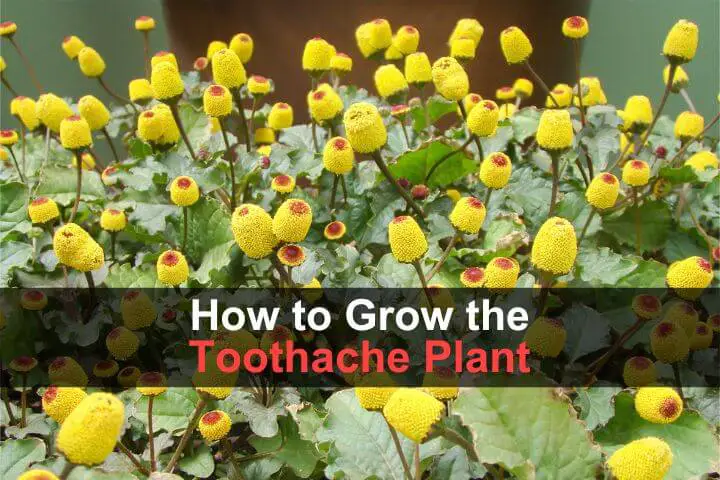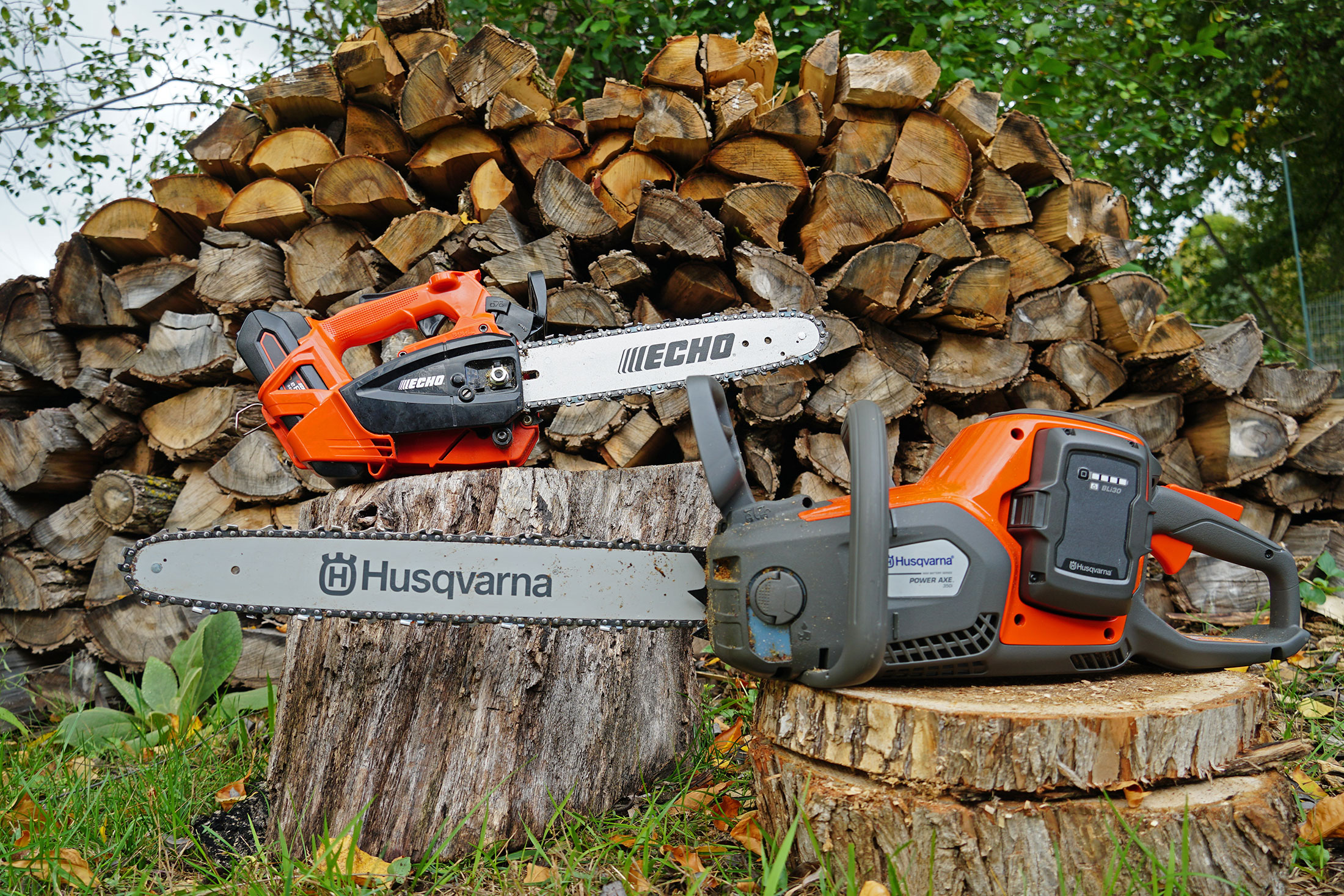Estimated reading time: 6 minutes

There’s nothing quite like the pain of a toothache. It can come on strong seemingly out of nowhere and range from a sharp, jabbing pain to a steady throbbing that doesn’t go away.
For centuries, people around the world have relied on a small perennial plant to help numb mouth pain.
This article describes paracress, aka “the toothache plant,” including its uses and benefits and how to grow it at home.
Want to save this post for later? Click Here to Pin It On Pinterest!
What Is The Toothache Plant?
A member of the Asteraceae plant family, which includes daisies and asters, paracress (also called spilanthes) is native to tropical and subtropical regions, including Brazil. It’s scientific name is Acmella oleracea. It is frost-sensitive but can be grown as a perennial in southern climates, indoors, or as an annual in colder climates.
In addition to its nickname as the toothache plant, paracress is also called “the eyeball plant” due to its striking appearance. It features blue-green foliage and oval-shaped yellow, orange, or red flowers with a burgundy center that looks strikingly like eyeballs. Depending on their colors and blooming stage, the flowers can also look a little like olives.
In addition to paracress and the eyeball plant, other names you might find for the toothache plant are buzz buttons, Szechuan Buttons, jambu, ting lowers, electric daisy, and spilanthes.
How To Grow The Toothache Plant
Toothache plants prefer full sun and loamy, well-draining soil. You can plant seeds in pots or directly in the ground after the threat of frost has passed. Another option is to start seeds indoors and move or transplant seedlings outdoors after the last frost. Seedlings should germinate within one to two weeks after planting.
Since they are natives of the tropics, these plants do well in heat and high humidity. Keep them well-watered, but make sure the soil drains well to avoid root rot.
Feed young paracress plants weekly with a well-balanced fertilizer. After buds begin to appear, begin using a fertilizer mix that has a high phosphorus content to encourage blooming throughout the growing season. Deadhead spent flowers to extend blooming, but other pruning is not needed.
The toothache plant grows about 12 to 15 inches in height and 12 to 18 inches in width, and it typically flowers from mid-June through September. Because of their compact size, the plants work well as border plants along walkways, in beds in front of taller plants, or as accent plants in containers.

Uses and Benefits of The Toothache Plant
Paracress gets its commonly-known nickname as “the toothache plant” for good reason. It has antibacterial, anti-inflammatory, and anti-fungal properties that help numb tooth pain and help fight swelling and infection in the mouth.
When you chew paracress leaves or buds, the plant creates a numbing effect in the mouth due to its main active ingredient, spilanthol. The numbing effect tends to last for about 15 minutes.
It also contains flavonoids, which can disrupt the body’s perception of pain and prompt the mouth to produce more saliva, which can be helpful in treating dental issues, including inflammation and dry mouth.
You can make a tincture with paracress and use it for other medicinal uses. (As with any treatment, consult your doctor before taking paracress.)
- Relieves dermatitis
- Works as a natural diuretic
- Eases discomfort of gastric ulcers
- Soothes skin lesions
How to Make a Toothache Plant Tincture
Ingredients:
- One part fresh paracress flowers
- Two parts 100-proof alcohol (vodka works well)
Directions:
- Roughly chop or snip with scissors the flowers (including leaves is okay) into small pieces and place them in a glass canning jar.
- Cover the plant pieces with the alcohol and close the jar with a lid.
- Shake the jar a few times to make sure the alcohol reaches all the plant material.
- Store the jar in a cool, dark place for four to six weeks.
- Give the jar a shake every day or so.
- After four to six weeks, strain out the plant pieces.
- Pour the resulting tincture into amber dropper bottles.
Most people find that just 3 to 4 drops at a time used several times a day is an effective dose.
You can add the tincture to a teaspoon of honey to counteract its somewhat bitter taste if you’d like.
Another idea is to add a few drops to a glass of salt water. Swish the solution around in your mouth to ease tooth or gum pain.
Here’s a video that demonstrates the tincture-making process. You also can use dried toothache plant leaves to make a medicinal tea.
How to Cook With The Toothache Plant
The flowers, leaves, stems, and roots of the toothache plant are all edible and can be eaten raw, dried, or cooked.
In a salad, young toothache plant leaves offer a hot pepper-like taste and a tingling sensation. You also can add them to stews or soups for a zesty flavor or cook them like spinach as a side fish. Cooking somewhat lessens the tingling sensation, but eating the plant still packs a bit of a wallop to the taste buds.
Often calling toothache plant flowers “Szechuan Buttons,” some bartenders and chefs use toothache plant leaves in their desserts and cocktails to add an unexpected spice to something that is otherwise sweet-tasting.
You can read about their use in fine dining in this article from Saveur. And you can find some drink and food recipes here. And here is a brownie recipe using the plants.
Many online sites and brick-and-mortar nurseries sell toothache plant seeds. If you don’t want to make your own toothache plant tincture or want to try it out before you do, you can order some online. For example, you can order Herb Pharm’s one-ounce bottle of Spilanthes Extract from Amazon.
If you’d like to learn more about adding the toothache plant to your home garden, here are some additional resources.
Like this post? Don’t Forget to Pin It On Pinterest!
You May Also Like:
Read the full article here




